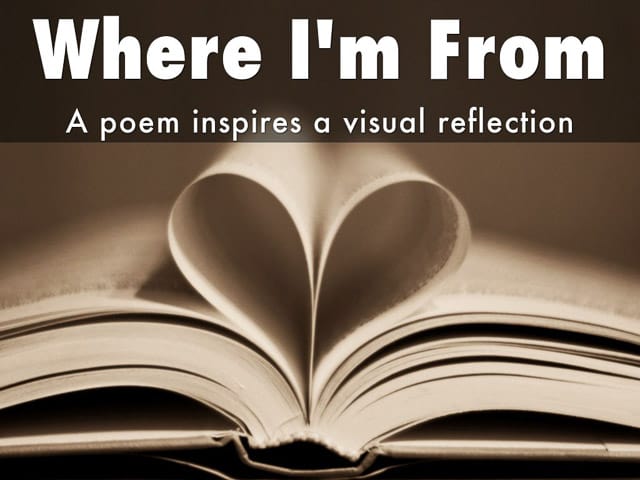This is a model blog post that demonstrates a write up for the Blended / Flipped Lesson assignment. Bold face is your assignment. Followed by how I would have written it up.
This write up is based on a lesson I used at the beginning of my Alaskan History and Culture course in the MAT program at the University of Alaska SE in summer 2016. See my assignments here: Where I’m From and Google MyMaps lesson: Place
Here’s the work done by Jimmy Andrew – one of my students from a Yup’ik village of 300 people – Kwigillingok Alaska.
Learning objective – content and or skills students will know or be able to do by end of the lesson.
This was the second class of course and it served multiple objectives:
- My primary objective was to introduce the idea of place-based education with a poem and personal reflection on a place they were already familiar with. (later they would learn about another place – Alaska)
- I wanted to give the students a relatively simple tech-based assignment (Using HaikuDeck and creating a WordPress post) to build confidence for more elaborate tech assignments later in the course
- I need to free up class time so that students could get individually logged into their new WordPress accounts
Digital resource(s) you’ll use for flipped / blended elements.
Note: it’s not necessary to develop the digital elements – you can just describe them.
- I designed and posted the lesson to our WordPress blog so that everyone had access to assignment and resources.
- I made a few how-to videos describing how to create a Haiku Deck account, create a presentation, and embed it in Word Press.
- I made few how-to videos on using Google MyMaps
- I reused a collection of how-to videos that I had created for how to use WordPress
Active learning strategies employed with freed up class time.
Students used the time to read the poem for inspiration and get to work designing their own personal “Where I’m From.” Others elected to try the second design option using Google MyMaps using a lesson called Place. While the Haiku Deck approach was more visual poetry, MyMap used geographic tools and a spacial approach to design a Google map tour. Once I was done meeting with individual students to create their WordPress accounts, I was free to move around getting to know students better and assisting them on specific questions.
How the digital resource integrates into other instructional elements of lesson – what’s the flow of the lesson?
The digital content was created and posted to the web in advance. At the end of the previous class I asked students to read both lesson options (HaikuDeck and MyMaps) in advance and think which lesson they want to try and how they will respond. The day of the class, most of our 3-hour session was spent with students working with HaikuDeck or MyMap. Then they began turning their work into their first blog post. Many students were excited to “show off” their creations with one another.
Benefit for student content mastery, collaboration or learning workflow – Why is it worth it flip / blend some of the content.
Using these digital resources enabled students to begin the course with an easy “tech skills win.” Every student was successful in completing the assignment and posting it on WordPress. I was able to re-use my WordPress how-to videos originally made for another course. Along with the how-tos for HaikuDeck and MyMaps, I was freed up to handle the management of new WordPress accounts and spend some one-on-one time with all my new students.

